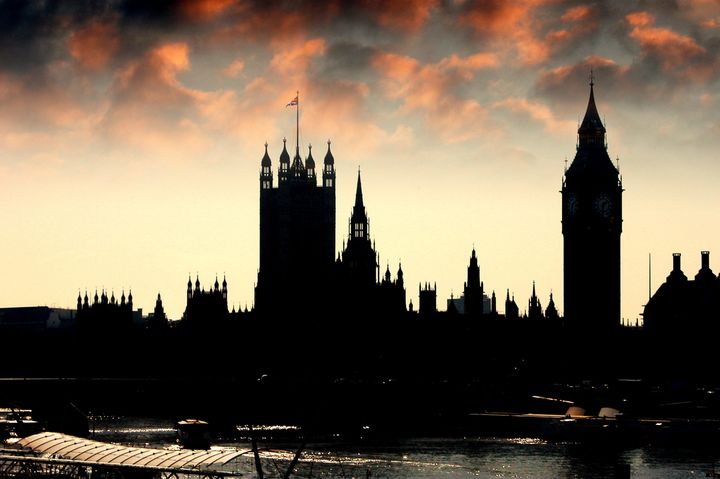
“Theresa May backs bid to cut size of House of Lords” began a headline in February. It seems that three months is a lifetime in politics...
Over the weekend, the PM attempted to bury news that she is appointing 13 new Lords – amid the clamour of the Royal Wedding.
It was a cynical attempt to hide what both the PM and opposition know: new appointments to Parliament’s ‘private member’s club’ are unpopular and wrong.
New research we’ve published in the Daily Mirror on Tuesday has shown what the new Lordships will mean in practice for the bloated second chamber.
The cost of cronyism
With more members comes more expenses claims. The total cost of the new Peers – based solely in terms of annual allowances and travel expenses – is expected to be at least £289,558 a year, according to ERS analysis.
That’s based on the average claim of £22,273.69, for the circa 141 days the chamber sits each year.
But a response to a Parliamentary question last year suggests it could be much higher. The average cost of a peer – looking at the total cost of the House, minus works and building costs, is as much as £83,000 per year - meaning the new appointees may have just added £1,079,000 to the overall annual bill.
When you consider that Peers who failed to speak in the Lords for an entire year claimed nearly £1.3m in tax-free expenses last year, it shows that more members doesn’t even guarantee more scrutiny.
These costly cronies are rarely impartial experts: the new appointments mean the House is now packed with 187 ex-MPs, 26 ex-MEPs and 31 ex-members of devolved institutions – figures which rubbish claims the unelected House is full of independent experts.
Out of control
This latest batch of Lords appointments comes despite a report commissioned by the Lord Speaker, Lord Fowler, proposing a ‘two-out, one-in’ system to bring the total down to 600 by 2027, published at the end of last year.
During a debate on the size of the House in December, several peers expressed embarrassment or discomfort about the size of their chamber: Lord Harries of Pentregarth said: “I believe that our present size ... brings us into disrepute. I feel embarrassed when someone enquires about our size, even when I stress that the average daily attendance is only about 484.”
Lord Selkirk of Douglas added: “It cannot sit altogether comfortably that when legislatures around the world are listed by size, we come second only to the National People’s Congress of China.”
We’ve seen no action since that report, when Peers said they’d start work shrinking the second chamber.
So these new appointments therefore represent both the inability of peers to regulate their own house – and the unwillingness of politicians to act on this issue.
Time for a clear-out
The House of Lords is already the second largest legislative chamber in the world, behind China’s National People’s Congress. There are more peers than could ever sit in the chamber at the same time and the bulk of the work of the House is done by a much smaller group of peers. Make no mistake: these new additions are an insult to voters. Given that all parties claim to want to reduce the size of the second chamber, they should act on their word.
We’re calling for the House authorities to refuse to allocate time for the introduction ceremonies in line with that.
It is now time for cross-party legislation to finally reform this archaic and super-sized second chamber. We’ve had years of stalling on this front – the main parties must now act.
